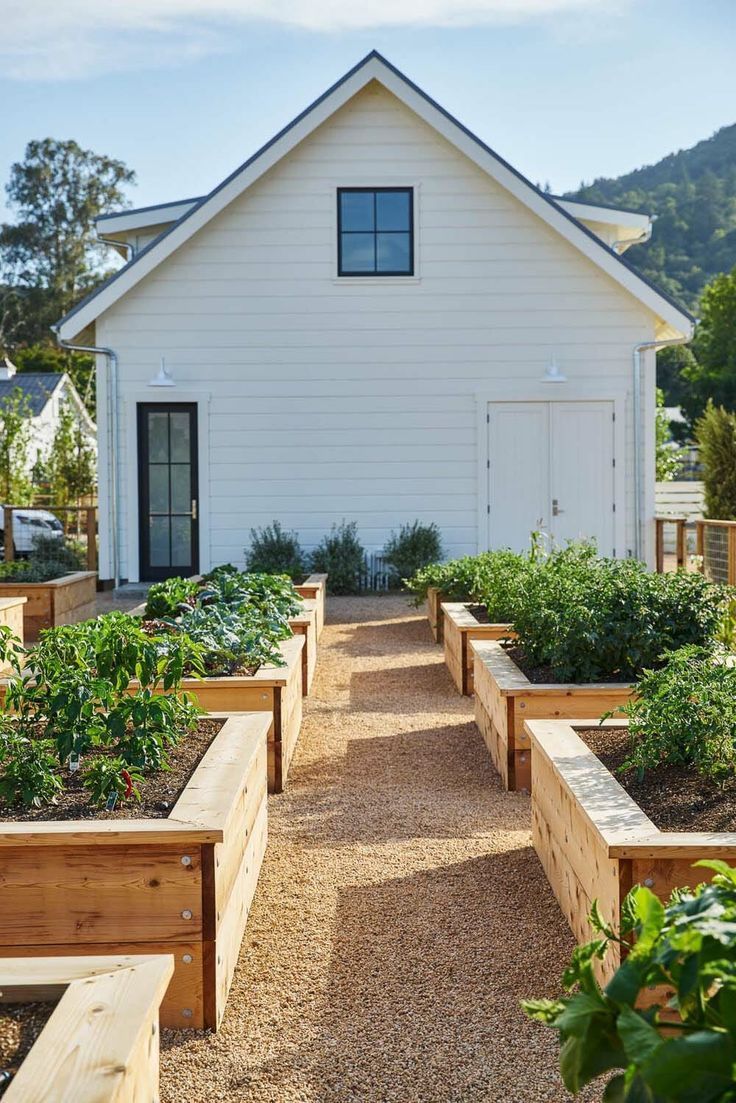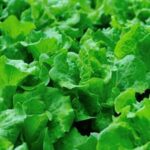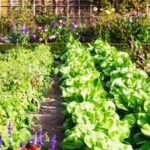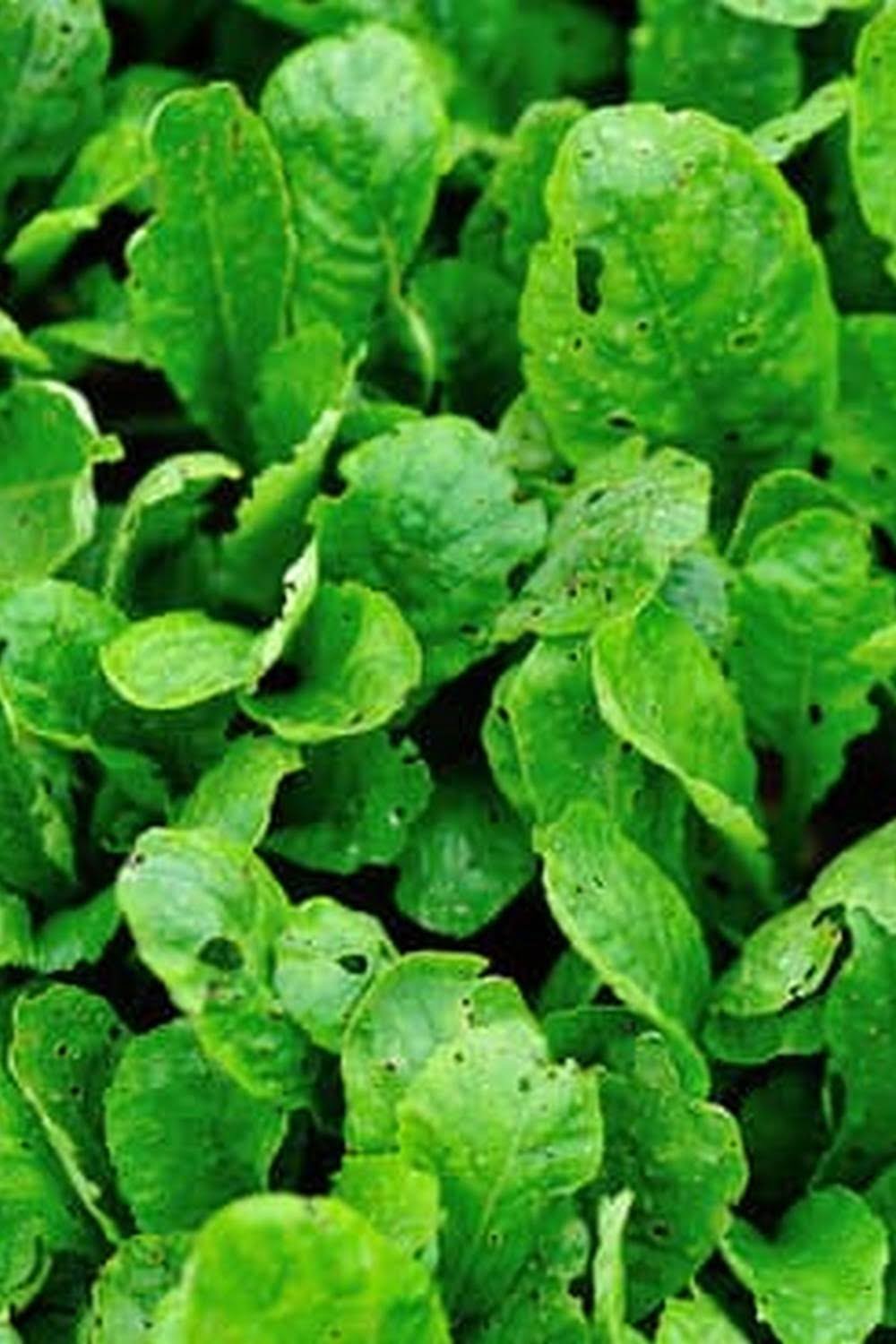Are you looking to start your own raised bed vegetable gardening plans? Raised bed gardens offer many benefits and can add beauty to your outdoor space. From better soil drainage to easier maintenance, there are numerous advantages to raised bed gardening. In this article, we will explore the benefits of raised bed vegetable gardening and provide you with useful tips and ideas for creating a successful garden.
When it comes to raised bed vegetable gardening, one of the first things you need to consider is the location of your garden. Factors such as sunlight, water access, and convenience should all be taken into account when selecting the perfect spot for your raised bed. Once you have chosen a location, you will then need to build your raised bed using the right materials, size, and design options.
In addition to location and construction, we will also discuss essential tools and supplies that are needed for successful raised bed vegetable gardening. From planting tools to watering systems, having the right equipment is crucial for maintaining a healthy garden. Stay tuned as we explore all these aspects of raised bed vegetable gardening in more detail throughout this article.
Selecting the Perfect Location for Your Raised Bed Garden
When it comes to raised bed vegetable gardening plans, selecting the perfect location for your garden is crucial in ensuring the success of your crops. Here are some factors to consider when choosing the ideal spot for your raised bed garden:
1. Sunlight: One of the most important factors to consider when selecting a location for your raised bed garden is the amount of sunlight it will receive. Most vegetables require at least 6-8 hours of direct sunlight per day. Consider the sun’s path throughout the day and choose a location that will provide adequate sunlight for your plants.
2. Drainage: Proper drainage is essential for the health of your plants. Avoid areas that are prone to flooding or where water tends to collect after rain. Raised beds can help improve drainage, but it’s still important to choose a location with good natural drainage.
3. Accessibility: Consider how accessible the location will be for watering, weeding, and harvesting. Choose a spot that is easy to reach and maintain, especially if you plan on spending a lot of time tending to your garden.
4. Soil quality: Take note of the soil quality in different areas of your yard. You may need to amend or improve the soil in your raised bed, but starting with good soil quality can make a big difference.
By carefully considering these factors when selecting the location for your raised bed garden, you can set yourself up for success and ensure healthy and abundant harvests from your vegetable garden.
Building Your Raised Bed
Building your own raised bed for vegetable gardening can be a fun and rewarding project. There are several materials, size options, and design choices to consider when planning your raised bed.
Materials
When selecting materials for your raised bed, you have many options to choose from. Wood is a popular choice due to its natural look and availability. Cedar and redwood are rot-resistant and make excellent choices for longevity. Other options include composite materials, concrete blocks, or even recycled plastic lumber.
Size
The size of your raised bed will depend on the space you have available and the quantity of vegetables you plan to grow. It’s important to consider the reach of your arms so that you can easily tend to all parts of the bed without stepping onto the soil.
Design Options
There are many design options available for raised beds, including traditional rectangular designs, square-foot gardening layouts, L-shaped beds, or even tiered beds for added visual interest. Consider the aesthetic appeal of the design as well as its functionality in your garden space.
Before building your raised bed, it’s essential to carefully consider these factors in order to create a successful and productive vegetable garden. With the right materials, size considerations, and an eye-catching design, you’ll be on your way to enjoying the benefits of a flourishing raised bed vegetable garden in no time.
Essential Tools and Supplies for Successful Raised Bed Gardening
When it comes to successful raised bed vegetable gardening plans, having the right tools and supplies is essential. Here are some items you’ll need to ensure your garden thrives:
1. Garden Trowel: A small hand shovel is perfect for digging holes for seedlings or transplanting small plants into your raised bed.
2. Hand Pruners: Keep your plants healthy by regularly pruning dead or overgrown branches with a pair of sharp hand pruners.
3. Watering Can or Hose: Proper hydration is crucial for the success of your raised bed garden, so make sure you have a reliable watering can or hose to keep your plants well-hydrated.
4. Organic Fertilizer: Boost the growth and health of your vegetables with an organic fertilizer specifically formulated for vegetable gardens.
5. Gloves: Protect your hands from blisters, thorns, and rough surfaces while gardening by wearing a comfortable pair of gardening gloves.
6. Gardening Hat and Sunscreen: Shield yourself from the sun’s harmful rays while working in the garden by wearing a wide-brimmed hat and applying sunscreen.
7. Support Structures: Depending on the vegetables you plan to grow, you may need support structures like trellises or cages for vining plants such as tomatoes or cucumbers.
Having these tools and supplies on hand will set you up for success in your raised bed vegetable gardening venture. By being prepared with these essentials, you can create a thriving garden that produces an abundant harvest of delicious, homegrown vegetables.
Choosing the Right Vegetables for Your Raised Bed Garden
When it comes to raised bed vegetable gardening plans, choosing the right vegetables is crucial for a successful and bountiful harvest. The limited space of raised beds means that you’ll need to be strategic about which vegetables you plant. It’s important to consider the mature size of the plants, as well as their compatibility with one another.
Some popular vegetables for raised bed gardens include tomatoes, peppers, lettuce, spinach, carrots, radishes, and herbs like basil and parsley. These vegetables are generally well-suited for the confined space of a raised bed and can thrive when planted together. Additionally, consider planting vertical-growing vegetables like cucumbers and pole beans to maximize space in your raised bed.
It’s also essential to think about your family’s preferences and cooking habits when selecting vegetables for your raised bed garden. If your family loves salads, then lettuce and spinach might be a top priority.
On the other hand, if you use tomatoes frequently in your cooking, it would make sense to prioritize those in your vegetable selection. By aligning your choices with what you actually enjoy eating, you’ll ensure that your raised bed garden is both productive and practical.
| Vegetable | Companion Plants |
|---|---|
| Tomatoes | Basil |
| Lettuce | Carrots |
| Peppers | Cucumbers |
Maintaining and Caring for Your Raised Bed Garden
Watering Your Raised Bed Garden
When it comes to watering your raised bed garden, there are a few important factors to consider. The soil in raised beds tends to dry out more quickly than traditional garden beds, so it’s crucial to monitor the moisture levels regularly.
One effective way to maintain adequate moisture is by installing a drip irrigation system, which delivers water directly to the plant roots and reduces water waste. Additionally, using a layer of organic mulch on the soil surface can help retain moisture and prevent evaporation.
Fertilizing Strategies for Raised Bed Gardening
Fertilizing your raised bed garden is essential for ensuring healthy growth and abundant harvests. Before planting, incorporate compost or well-aged manure into the soil to provide a nutrient-rich foundation for your plants. Throughout the growing season, you can supplement with organic fertilizers such as fish emulsion or liquid seaweed extract. Consider conducting a soil test to identify any potential deficiencies and adjust your fertilization plan accordingly.
Pest Control in Raised Bed Gardens
Preventing and managing pests in your raised bed garden is crucial for protecting your precious plants. One approach is to encourage beneficial insects such as ladybugs or lacewings that naturally prey on pest populations. You can also use physical barriers like row covers to shield vulnerable plants from insect damage. For more severe infestations, consider using organic insecticidal soaps or neem oil as safe and effective remedies without harming beneficial insects or wildlife.
By implementing these watering, fertilizing, and pest control techniques in your raised bed vegetable gardening plans, you can help ensure the health and productivity of your plants while minimizing negative environmental impacts.
Seasonal Planning for Your Raised Bed Garden
As you begin your raised bed vegetable gardening plans, it’s important to have a clear understanding of what to plant and when. Proper seasonal planning can make a significant difference in the success of your garden. Understanding the climate and growing seasons in your area is crucial for determining what vegetables to plant and when to plant them.
In the spring, cool-season vegetables such as lettuce, kale, carrots, and peas are ideal for planting in raised beds. These vegetables can tolerate cooler temperatures and will thrive in the early spring months. As the weather warms up, transitioning to warm-season vegetables like tomatoes, peppers, squash, and cucumbers is essential for a successful summer harvest.
During the fall season, consider planting another round of cool-season vegetables to extend your harvest. Spinach, broccoli, Brussels sprouts, and radishes are excellent choices for fall planting. Additionally, consider covering your raised beds with row covers or cold frames to protect your plants from early frosts and extend the growing season.
One of the benefits of raised bed gardening is that you have more control over the soil temperature and drainage compared to traditional in-ground gardens. This allows for greater flexibility in planting and extends the growing season. With proper planning and attention to seasonal needs, you can enjoy a bountiful harvest from your raised bed garden throughout the year.
| Season | Ideal Vegetables |
|---|---|
| Spring | Lettuce, kale, carrots, peas |
| Summer | Tomatoes, peppers, squash, cucumbers |
| Fall | Spinach, broccoli, Brussels sprouts, radishes |
Success Stories and Inspirational Raised Bed Vegetable Gardening Ideas From Real Gardeners
In conclusion, raised bed vegetable gardening plans offer an array of benefits and beauty that can enhance any garden. The flexibility in design, the ease of access, and the ability to control soil quality are just a few of the advantages that make raised bed gardening a popular choice for both beginner and experienced gardeners.
By following the tips outlined in this guide, you can create a thriving raised bed vegetable garden that not only provides fresh produce but also adds visual appeal to your outdoor space.
Furthermore, the success stories and inspirational ideas shared by real gardeners serve as a reminder that with careful planning and dedication, anyone can enjoy the rewards of a bountiful raised bed garden. From colorful heirloom tomatoes to vibrant peppers and lush greens, these gardens showcase the endless possibilities that come with raised bed vegetable gardening. Their experiences also highlight the sense of pride and accomplishment that comes from nurturing and growing your own food right in your backyard.
As you embark on your own journey with raised bed vegetable gardening plans, remember to tailor your garden to your specific needs and preferences. Whether you have limited space or challenging soil conditions, a raised bed garden can be customized to suit your unique circumstances and allow you to reap the many rewards of growing your own vegetables.
With dedication, creativity, and a touch of inspiration from fellow gardeners, your raised bed vegetable garden is sure to thrive for seasons to come.
Frequently Asked Questions
What Is the Best Layout for a Raised Bed Vegetable Garden?
The best layout for a raised bed vegetable garden is to arrange the beds in a north-south direction to ensure that all plants receive adequate sunlight. It’s also important to consider the mature size of the plants and plan spacing accordingly.
What Vegetables Grow Well Together in Raised Beds?
Some vegetables that grow well together in raised beds include tomatoes, basil, and onions, as they can benefit from each other’s presence and repel pests or attract beneficial insects. Carrots, lettuce, and radishes are also good companions.
How Do You Arrange Vegetables in a Raised Garden Bed?
When arranging vegetables in a raised garden bed, it’s essential to consider their height and spread to avoid overcrowding. Taller plants like tomatoes should be placed at the north end of the bed to prevent shading shorter crops, while trailing plants can be placed along the edges or on trellises.

If you’re looking to get into vegetable gardening, or are just looking for some tips on how to make your current garden better, then you’ve come to the right place! My name is Ethel and I have been gardening for years. In this blog, I’m going to share with you some of my best tips on how to create a successful vegetable garden.





